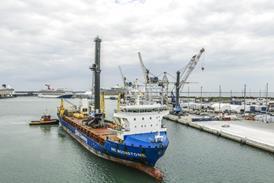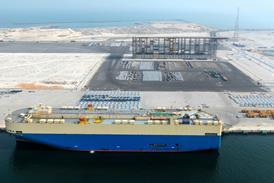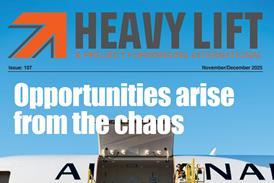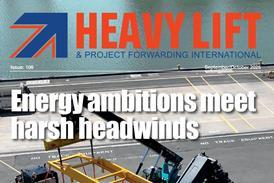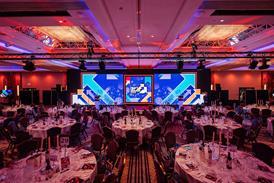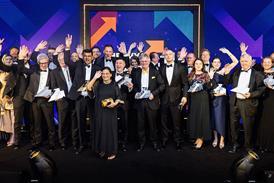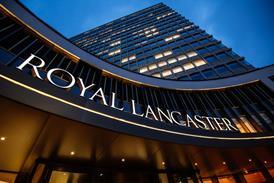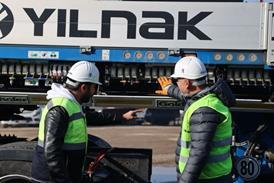Rhenus Group is partnering with wind turbine manufacturer Enercon to develop a push barge for the transport of wind turbine components.
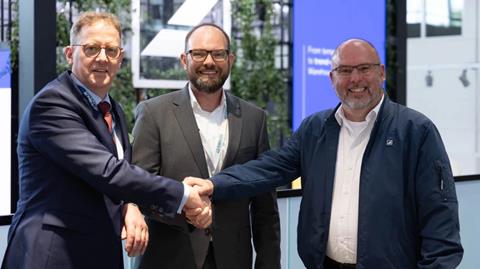
Named Rhenus Berlin 1, the tailormade barge is being built according to Enercon’s requirements and will be capable of transporting the newest generation of rotor blades. Rhenus said that it will facilitate a shift of project transports from the road to waterway.
With a loading length of 92 m and an external length of 100 m, the barge prototype can transport up to two rotor blades of the newest Enercon generation, with a blade length of up to 86 m.
Slated for completion this year, the vessel consists of a push boat and a barge, with the drive unit intentionally fitted externally. The design provides the needed flexibility and enables the transport even through restrictive lock chambers.
The first barge of this potential series will operate within the northern German canals. Its first project will be transporting Enercon rotor blades for wind farm projects that feature the new E-175 EP5 turbine type.
“Our decades of experience in the inland shipping sector and for heavy lift logistics are the basis for this project,” said David Schuetz, senior project manager at Deutsche Binnenreederei, a specialist inland waterway company within the Rhenus Group. “At the same time, it shows how fast we can develop tailormade solutions to our customers’ requirements.”
He added that “creative technical concepts are needed in order to use inland navigation as a reliable transport alternative”, as capacity on the roads and motorways become increasingly restricted and routes blocked due to construction. “With Rhenus Berlin 1 and together with Enercon, we have developed a solution that is equally technically ambitious and future-oriented and contributes actively towards the CO₂ reduction of project logistics.”
Enercon is preparing for the ramp-up of its new model, the E-175 EP5, which with a rotor diameter of 175 m is one of the largest onshore wind turbines in Europe. “We are systematically preparing for rising delivery figures, which the whole industry is expecting within the market upswing,” said Hendrik Peterburs, vice president of Enercon Global Logistics.
“If the roads become congested or routes are closed, we want to have alternative means of transport available so that we can ensure that our components are delivered to our customers’ projects on time at all times.”
He added: “To us, the inland waterway is a central part of a green logistics strategy. We want to make our supply chain as sustainable as possible, from production to the last mile… With the new push barge, we can not only guarantee greater reliability thanks to less congestion-prone routes, but also reduce CO₂ emissions compared to road transport. We are certain that there is still a lot of potential in this solution.”

